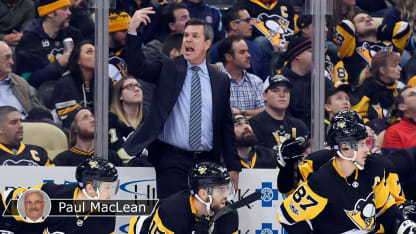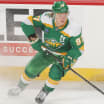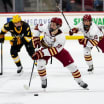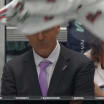I guess Patrick Roy is credited with regularly starting to pull his goalie with four or five minutes left and down by a couple when he was the coach of the Colorado Avalanche. Maybe he was down by a couple a lot. He probably started it in the Quebec Major Junior Hockey League when he coached there. Whatever the case, he did it a lot.
Most of the time it doesn't work out. But in those times where it does, it is an exceptional team builder. It's a great way to build confidence in the group. And those extra points are huge. So why wouldn't you?
Of course, a lot of planning goes into it once you have the extra attacker out there. From an X's and O's standpoint, the focus of practice is: "Where does that sixth guy go?" He can't just be out there and be a decoration. He has to be busy. He has to be active. He has to know where the puck is when he comes on the ice. Is it off a face-off? Is it during the flow of play? What are his responsibilities?
I remember once in the International Hockey League, I changed a goalie on the fly. He was on the bench, the other team got possession, so we called a defensemen over and put our goalie back on. Once we got the puck back, the goalie came off again. In 30 seconds he came off, went back on, then came back off again.
Hey, we coaches will do whatever it takes to win. And that includes being willing to roll the dice more, and earlier, when it comes to pulling goalies.


















